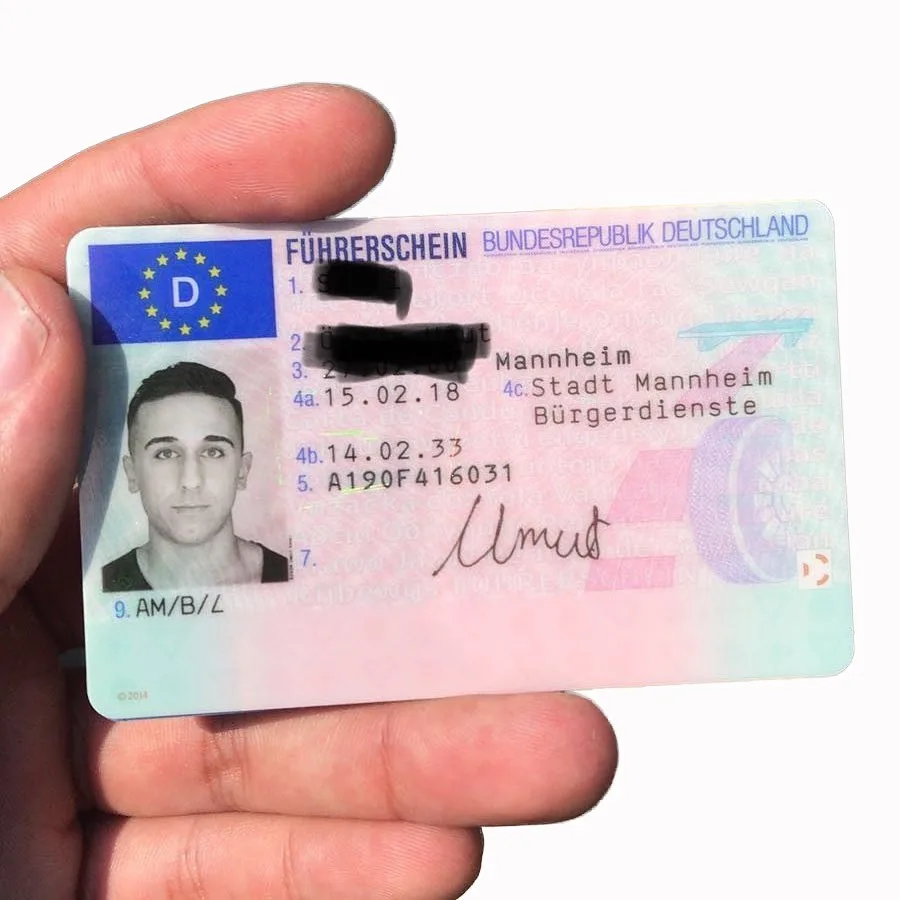Discovering to Drive Without a Test: Checking Out Alternative Courses in Driver Education
In a period where benefit and innovation control the landscape of education and skills acquisition, the standard model of learning to drive-- completing an extensive test to make a driver's license-- has come under analysis. For many, the procedure of getting behind the wheel, studying hard, and passing both a written and useful driving test can be daunting. However, emerging patterns and alternative methods to driver education recommend that there may be ways to find out to drive without feeling the pressure of an official testing environment.
Understanding the Traditional Model
Typically, making a driver's license needs possible motorists to go through a series of tests designed to determine understanding and useful skills. These consist of:
Composed Test: This examines understanding of the rules of the road, traffic signals, and safe driving practices.
Practical Driving Test: Applicants must demonstrate their ability to operate an automobile safely and in accordance with traffic laws.

While this model guarantees that all chauffeurs meet a minimum requirement of skills, it can be a source of stress for many learners. The worry of failure, combined with the logistics and cost related to testing, can hinder people from getting their license entirely.
Alternative Methods of Learning to Drive
Driving School Innovations: Many driving schools have actually started to offer more personalized education programs that enable trainees to discover at their own pace. These programs often consist of individually guideline with certified driving instructors who concentrate on structure self-confidence instead of pressuring trainees to pass a test. Some modern-day driving schools even incorporate online modules where learners can study the guidelines of the road in a more relaxed setting before entering the car.
Simulated Driving Experiences: Advances in technology have actually resulted in the development of sophisticated driving simulators. These can offer valuable experience without the danger of accidents. Learners can practice their abilities in different weather, traffic circumstances, and driving circumstances that they might not come across in typical driving classes. This hands-on method to knowing can boost a student's proficiency and self-confidence behind the wheel.
Peer-to-Peer Learning: Informal driving practice with pals or family members can likewise act as a viable option to traditional approaches. While this approach does not completely remove the requirement for formal testing, it allows individuals to acquire convenience and experience behind the wheel without the anxiety of an official evaluation. Family or friends can provide guidance and feedback, making the finding out procedure less intimidating and more encouraging.
Versatile State Regulations: Some areas are beginning to reevaluate their mandatory testing policies, specifically for specific demographics, such as veterans or people with impairments. These changes show a growing recognition that life experiences and driving habits might not always align with conventional testing requirements. Advocacy for a more holistic technique to assessing driving competence is becoming a subject of conversation in many legal circles.
Personal Certifications: In specific areas, people might explore alternatives that focus more on mentorship and safer driving behavior rather than traditional tests. Accreditation through neighborhood programs or acknowledged organizations that endorse experiential knowing could motivate safe driving while bypassing the basic testing route.
The Benefits and Drawbacks
While learning to drive without an official test offers numerous possible advantages-- such as minimizing stress, fostering a more inclusive environment for students, and concentrating on proficiency over testing anxiety-- it also raises issues. Critics argue that getting rid of formal evaluations could lead to inconsistencies in driver readiness, possibly jeopardizing road safety.
Additionally, conventional testing serves not only as an examination of skills, but as a standardized criteria that ensures all chauffeurs possess the required understanding to navigate the roads safely.
Conclusion
The landscape of driver education is evolving. As alternative approaches of learning to drive gain traction, striking a balance in between versatility and safety is paramount. While mopedführerschein kaufen is clear that there are avenues for discovering to drive without the pressure of a formal test, ensuring that all motorists maintain a high standard of security must remain a top priority. In the future, we may see more customized methods to driver education that accommodate numerous discovering designs, eventually causing much safer, more positive drivers on our roads.
